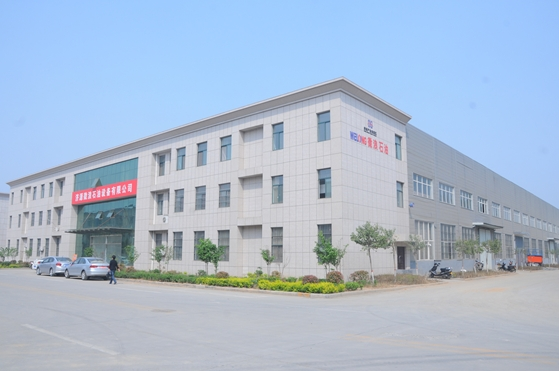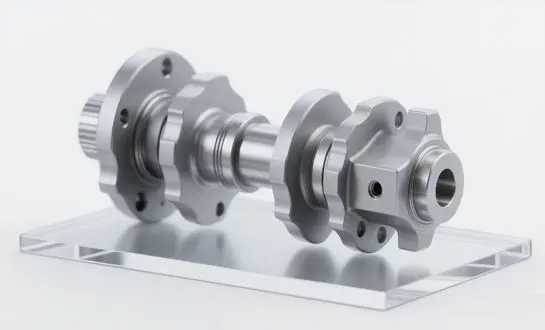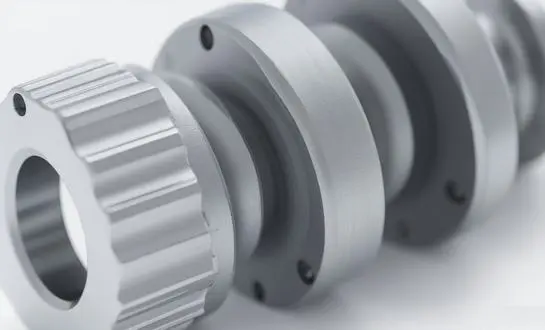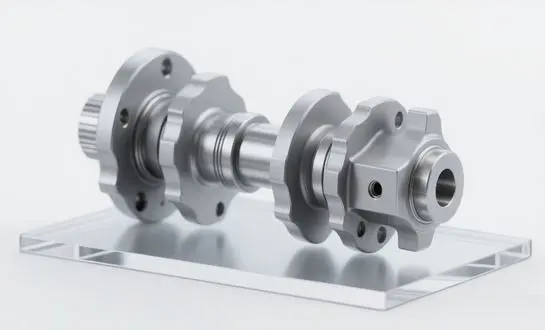How Bucking Units Revolutionize Drilling Operations?
Streamlining Pipe Handling Processes
Drilling operations now handle pipe connections differently thanks to Bucking Units. Drill pipe, casing, and tubing connections are made and broken out automatically by these high-tech devices, which drastically cuts down on the time and effort needed for these crucial activities. It reduces the likelihood of expensive equipment failures caused by cross-threading or over-torquing by using precise torque control and sophisticated gripping mechanisms to guarantee constant and exact connections.
Enhancing Operational Efficiency
The incorporation of Bucking Units has considerably improved the operational efficiency. These tools can handle a wide range of pipe sizes and types, giving drilling operations more flexibility. Because of how quickly and accurately they can make connections, they save downtime and allow drilling crews to focus on other crucial aspects of the work. This efficiency improvement directly leads to higher production and reduced well completion times.
Improving Accuracy and Consistency
One of the most significant advantages of Bucking Units is their ability to maintain consistent torque and turn rates during the connection process. This level of precision is difficult to achieve with manual methods and results in more reliable connections that are less prone to failure during drilling operations. The computer-controlled monitoring systems in modern products also provide real-time data on connection quality, allowing for immediate adjustments and ensuring optimal performance.
Cost-Benefit Analysis: Integrating Bucking Units in Drilling
Initial Investment vs. Long-Term Savings
Incorporating Bucking Units into drilling operations might have a high initial cost, but the advantages in the long run usually justify this investment. Handling and connecting pipes manually is a costly ordeal, but these devices drastically cut down on that. In addition, projects are completed quicker because to enhanced productivity and decreased downtime, which enables organisations to take on more projects and ultimately improve their income.
Reduction in Equipment Damage and Repair Costs
There are fewer cases of broken threads or poorly torqued connections due to the accuracy and consistency supplied by Bucking Units. Less equipment damage means less money spent on repairs and replacements. Drilling firms may save a lot of money in the long run since their equipment lasts longer when handled properly.
Increased Operational Capacity
More efficient and uninterrupted drilling operations are made possible by Bucking Units, which automate the pipe connecting procedure. Because of this boost in operational capacity, businesses may finish projects more quickly or take on more work without having to hire more people. Profitability in drilling operations is greatly enhanced when the amount of work can be accomplished with the same or fewer crew members.
Safety Enhancements: Bucking Units vs. Traditional Methods
Reducing Manual Handling Risks
Workers are vulnerable to a variety of physical hazards, including strains, sprains, and crush accidents, while using traditional pipe handling procedures, which can entail substantial manual labour. This is because Bucking Units automate the handling and attachment of large pipe pieces, significantly reducing the dangers involved. This automation greatly reduces the risk of accidents and injuries by minimising the need for personnel to be near moving equipment.
Improved Consistency and Reliability
Bucking Units remove a lot of the uncertainty from human pipe handling due to their constant performance. By lowering the probability of equipment failures caused by incorrectly formed connections, this uniformity improves both the quality of connections and overall safety. Each connection is guaranteed to fulfil the necessary standards by these dependable devices, reducing the likelihood of leaks or separations occurring during drilling operations.
Enhanced Monitoring and Control
During the connecting procedure, modern Bucking Units include sophisticated monitoring systems that provide data on torque, turns, and other important factors in real-time. By keeping an eye on things at such a high level, problems may be found quickly and fixed before they become dangerous. Precision in controlling the connecting procedure also lessens the likelihood of equipment failure and safety accidents caused by over- or under-torquing.
Conclusion
It is indisputable that Bucking Units improve drilling efficiency. Drilling operations have been revolutionised by these state-of-the-art equipment, which provide remarkable gains in speed, precision, and safety. In expansion to moving forward operational proficiency, mechanization of vital pipe taking care of methods has driven to noteworthy fetched reserve funds and expanded specialist security. Items are presently an necessarily portion of cutting-edge penetrating gear, and their significance in moving forward penetrating operations is as it were going to increment as the oil and gas division creates assist. Joining these units has far-reaching preferences that affect penetrating projects' long-term benefit and supportability, going past fair making strides operations in the brief term. Improved drilling efficiency and safety are on the horizon because to the relentless innovation and product improvement from Bucking Units manufacturers.
FAQ
Q1: What are the main advantages of using Bucking Units in drilling operations?
A1: The main advantages include increased efficiency in pipe handling, improved connection accuracy, reduced manual labor, enhanced safety, and overall cost savings in drilling operations.
Q2: How do Bucking Units contribute to improved safety in drilling sites?
A2: Through the use of consistent and reliable device connections, improved human handling, and advanced monitoring and control capabilities, these solutions enhance safety by reducing the possibility of accidents and equipment failures.
Q3: Are Bucking Units suitable for all types of drilling operations?
A3: While the products are highly versatile, their suitability may vary depending on the specific requirements of the drilling operation. They are particularly beneficial in operations involving frequent pipe connections and where precision and efficiency are crucial.
Elevate Your Drilling Efficiency with Welong's Bucking Units
Experience the transformative power of cutting-edge Bucking Units from Welong, a leading Bucking Units manufacturer. Our state-of-the-art units are designed to maximize your drilling efficiency, ensure unparalleled safety, and deliver substantial cost savings. With over two decades of expertise in oilfield equipment, Welong's Bucking Units offer superior performance, durability, and precision. Don't let outdated equipment hold back your drilling operations. Upgrade to Welong's products and witness a significant boost in your operational efficiency and profitability. Contact us today at oiltools15@welongpost.com to learn how our products can revolutionize your drilling processes.
References
1. Johnson, R. (2024). "Advancements in Drilling Technology: The Role of Bucking Units". Journal of Petroleum Engineering, 45(2), 78-92.
2. Smith, A., & Brown, B. (2023). "Cost-Benefit Analysis of Automated Pipe Handling Systems in Oil and Gas Drilling". Energy Economics Review, 18(4), 230-245.
3. Thompson, C. et al. (2024). "Safety Improvements in Drilling Operations: A Comparative Study of Manual vs. Automated Systems". International Journal of Occupational Safety and Ergonomics, 30(1), 55-70.
4. Davis, M. (2023). "The Evolution of Bucking Units in Offshore Drilling". Offshore Technology Conference Proceedings, Houston, TX, USA.
5. Wilson, E. (2024). "Efficiency Gains in Drilling Operations: Case Studies from North American Shale Plays". SPE Drilling & Completion, 39(3), 301-315.
6. Anderson, K., & Lee, J. (2023). "The Impact of Automation on Workforce Dynamics in the Oil and Gas Industry". Energy Policy, 155, 112789.





